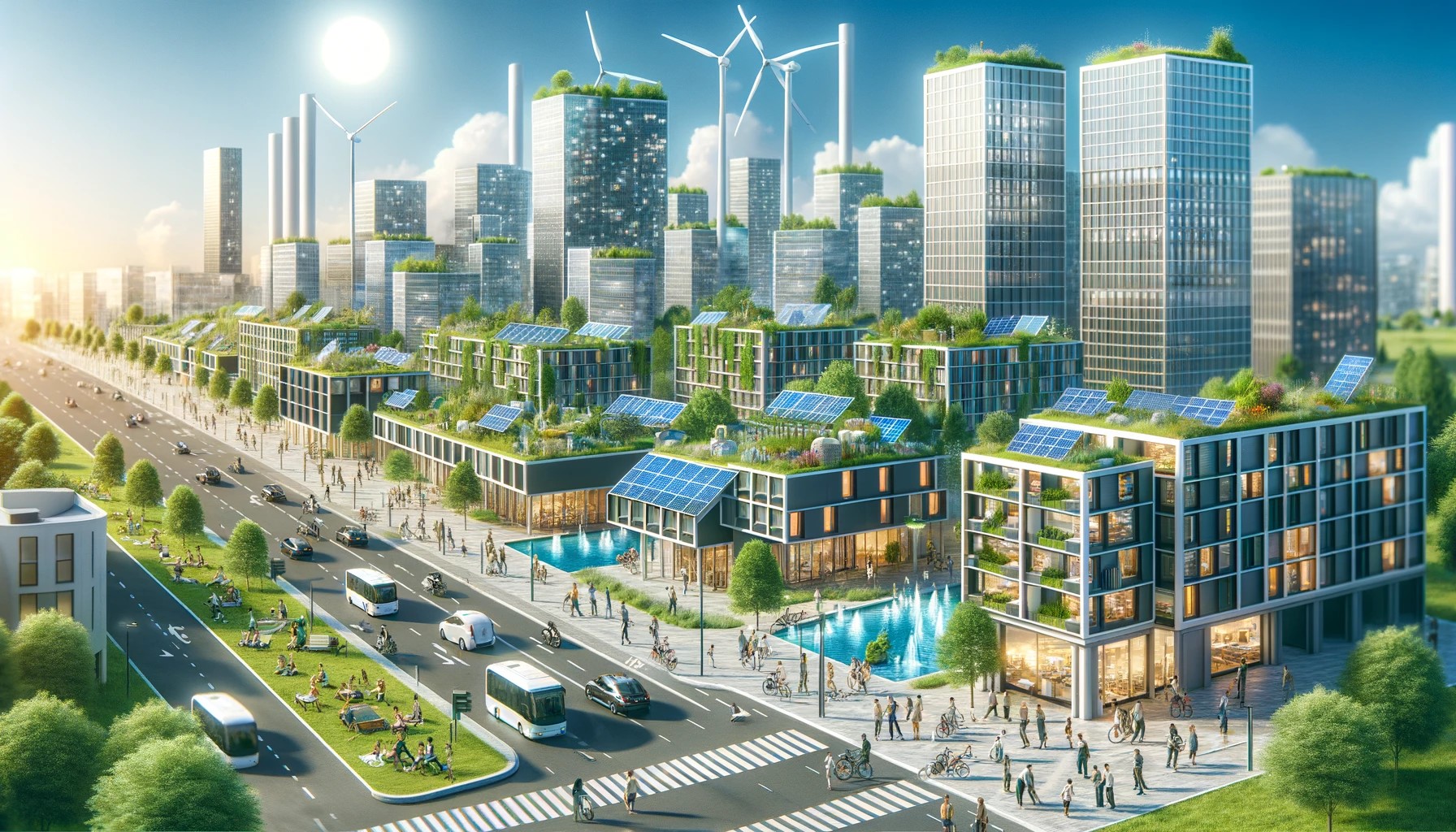In the face of challenges posed by climate change, the European Union is taking further steps towards sustainable development. Tuesday, March 11, 2024, marked a milestone in this process, as the European Parliament voted on significant amendments to the Energy Performance of Buildings Directive, more widely known as the building directive. The goal of these changes is not only to significantly reduce carbon dioxide emissions but also to make the EU energetically independent from imported fossil fuels. What specific changes are awaiting us, and how might they impact our daily lives and the construction industry?

Ban on Installing Gas Furnaces
The first, and perhaps most direct, effect of the new regulations is the introduction of a ban on installing fossil fuel-powered furnaces, including natural gas, in new buildings between 2028 and 2030. This ban will be effective in existing buildings from 2040. However, even before this, fossil fuel furnaces can only be installed as supplementary sources, which will force building owners to seek alternative, eco-friendly solutions, such as heat pumps.
Mandatory Installation of Photovoltaic Panels
As part of the effort to maximize the use of renewable energy sources, by 2029, every new residential building will have to be equipped with photovoltaic panels. This step towards reducing CO2 emissions also offers a chance to lower energy bills for residents. These changes will be introduced gradually, starting in 2025 for public buildings and other types of constructions.
Standardization of Energy Performance Certificates
The new regulations also bring changes to energy performance certificates. From now on, all certificates in the EU will have to use a uniform rating scale, which will facilitate the comparison of energy efficiency across different buildings. However, these changes will require administrative adjustments and may be associated with extended issuance periods and a potential increase in their prices.
What Does This Mean for Us?
These changes are seen as a significant step towards a sustainable future and have the potential to bring long-term benefits for both the environment and the economy. However, for homeowners and developers, they mean rethinking construction plans and investing in new technologies.
The construction industry faces the challenge of adapting to new requirements, which could be an opportunity for companies investing in green technologies and offering eco-friendly construction solutions.
For residents of the European Union, these regulations mean adapting and potentially facing challenges in adjusting existing buildings to new standards. On one hand, this is an investment in the future aimed at ensuring a better quality of life and protecting our planet for future generations, but on the other, it poses a significant financial challenge for homeowners and tenants. Residents of Western (wealthier) and Southern (warmer) Europe may find it easier to adapt to these conditions, but for residents of Eastern (poorer) and Northern (colder) Europe, the adjustment could be more challenging. From this perspective, programs like “My Electricity – Mój Prąd” or “Clean Air – Czyste Powietrze” in Poland are essential financial tools that support the direction of these changes.
In Summary
While these decisions are a key element in the EU’s strategy for sustainable development and combating climate change, they present new challenges and opportunities for us, the residents of Europe, as well as the construction sector. Adapting to these changes will require cooperation, innovation, and a willingness to change, awareness, readiness for sacrifices, and the engagement of each of us, but above all, appropriate supporting instruments. This could also be an excellent area for Pan-European project developing solutions and recommendations on how to cope with the complexity of the implementation of building directive.

